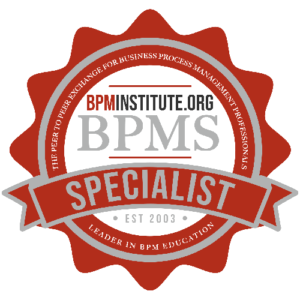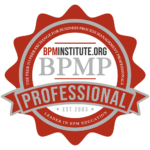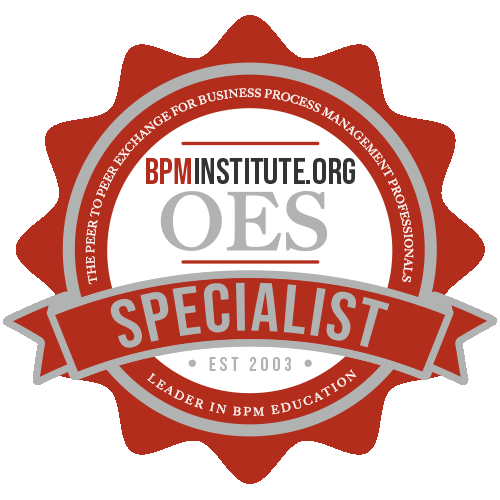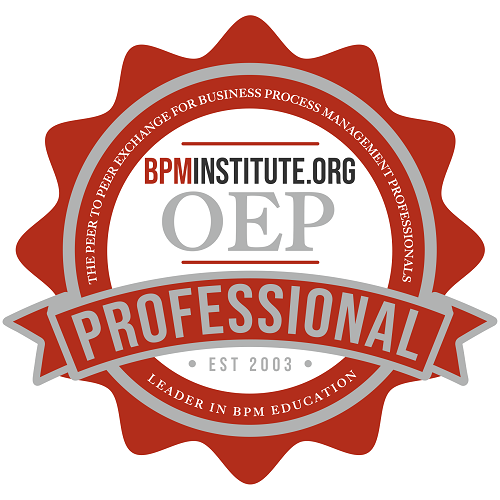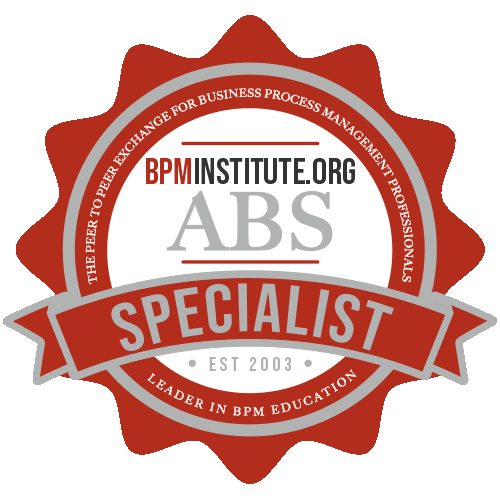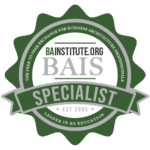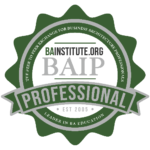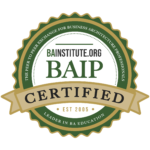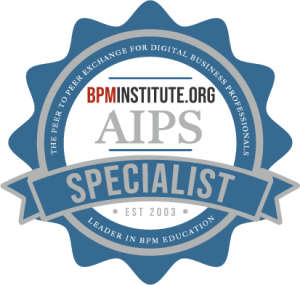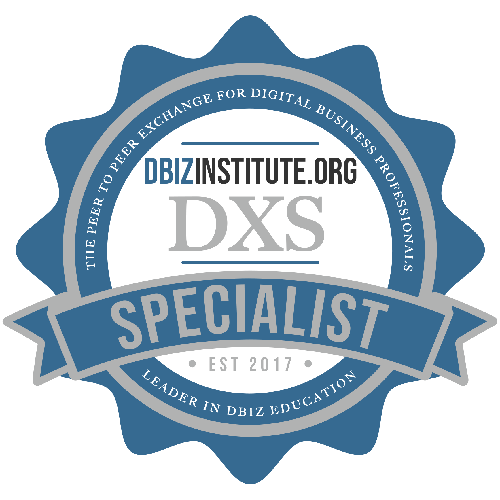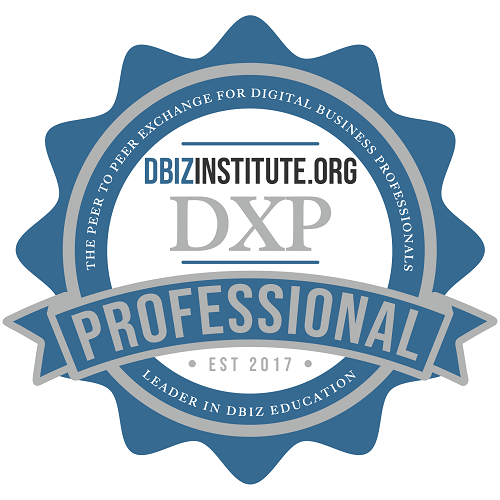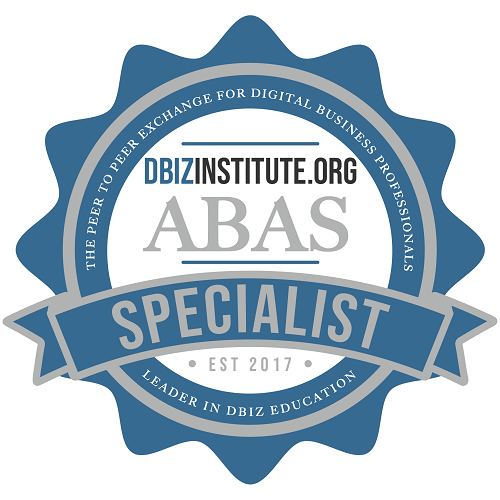Open BPM assumes there are no boundaries in creating, adopting, and improving innovative business processes. With an Open BPM strategy, business processes can now be designed and executed with more flexibility, using standards and best-of-breed functionality to deliver a tailored end-to-end process that is more closely aligned with corporate objectives. A successful Open BPM initiative supports the Business Process Lifecycle.

Creating a Customer Focused – Process Enabled Enterprise By Applying Business Process Management and Six Sigma Together
Creating a Customer focused – Process Enabled Enterprise requires a business process framework, established enterprise architecture, creating “real-time” business intelligence, and a link between continuous improvement projects and key business processes. Most businesses need to evolve from a bottoms-up Six Sigma (DMAIC) approach, to a strategic framework that will set the foundation for growth, accountability, and performance management.
Sustainable Business Rules: An Introduction – Part 3 of 3
Part one of this article provides an introduction to applying the concept of sustainability to business rules.

Innovation as a Business Process
The term “innovation” is being bandied about as the new holy grail in business. Yet, while innovative ideas are easy to develop; doing them is hard. Bruce Nussbaum, editorial page editor of BusinessWeek, offered advice for business leaders last year, writing, “Listen closely”.
Case Study: Your Project is Done- Now What? Sustaining Your BPM Efforts Beyond the Life of the Project
Nancy Bilodeau is a Senior Program Manager at Openwave in charge of corporate process initiatives. Prior to join Openwave, Bilodeau worked with PricewaterhouseCoopers, USi, A&G Consulting and MEI mainly as a customer relationship management consultant. Bilodeau developed an easy project methodology for Openwave that is helping them to improve the alignment of IT and business process resulting in better return on investment, process efficiency and organization effectiveness.

BPMS Watch: BPM Embraces Collaboration
BPM benefits such as enhanced operational efficiency and compliance derive largely from the way it breaks down routine office work into specific tasks performed in a prescribed order according to explicit rules. The process design assigns each task to some role or group, while administrators manage the mapping of individuals to those roles and groups at runtime. This allows the BPMS process engine to route tasks to users in the prescribed sequence and notify appropriate managers and supervisors when those tasks are overdue.

SOA Demonstrates Broad Momentum
Service-oriented architecture (SOA) is gaining broad momentum throughout business applications that support all aspects of business operations, according to The Yankee Group 2005 U.S. Enterprise SOA Survey (see Figure 1). The survey of 306 IT executives...

Are we ready for a new C-Level Executive: The CBA?
During lunch at the September 2006 BPMInstitute and BrainStorm Group conference in Washington, DC, Tom Dwyer and Eugene Lee posed an interesting question to the conference attendees. Who will fill the position of Business Architect for the enterprise? Almost immediately, hands were raised and one respondent suggested that an experienced and seasoned Enterprise Architect (EA) practitioner should fill the role. Another suggested a well rounded business operations person with an MBA. Tom allowed some discussion but moved off the topic in the interest of time.

Teaching Your Partner to do the Business Rules Dance
You can think of the Business Rules Movement as the catalyst that makes a bunch of other techniques and technologies finally gel. On the business side there’s been the movement towards formalized process modeling with the associated entity modeling typical of the IDEF 1.x style approach; and a focus on metrics-based process improvement particularly via TQM and Six Sigma. On the IT side there been the whole Business Process Management framework implementation with the associated Business Process Monitoring pieces to provide streams of real-time metrics.

Case Study: Key Learnings From CAM-I’s Process Based Management Case Study Series
Patrick Dowdle is the Program Director of the ATI/CAM-I Process Based Management (PBM) Program, which is conducting leading edge research in Process Based Management, including the recently published CAM-I book, “Process Based Management: A Foundation Of Business Excellence.” He is also the President and a Process Architect with Process Advantage, which focuses on helping organizations improve customers services.
Pat Dowdle’s main message is about Process Based Management (PBM), which is different from BPM. PBM is about how businesses supply services and products to customers. The problem, according to Dowdle, is that most organizations do not understand or manage their processes, or they do so in isolation so they don’t really manage their products and services. Dowdle maintains that it isn’t enough to have a BPM initiative. If you don’t understand process-based management, your BPM effort will probably fail.
